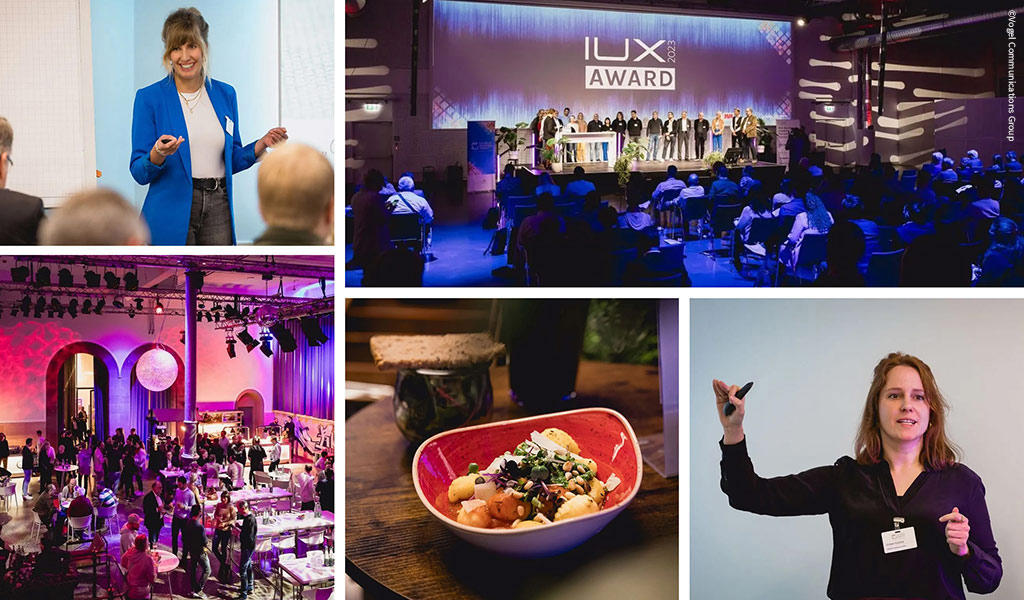In today’s digital age, we often question whether we can trust images, videos, or texts. Tracing the source of information is becoming more and more difficult. Generative AI accelerates the creation of content at an incredible pace. Images and audio files that once required a skilled artist can now be generated by AI models in a matter of seconds. Models like OpenAI’s Sora can even produce high-quality videos!
This technology offers both opportunities and risks. On the one hand, it speeds up creative processes, but on the other hand, it can be misused for malicious purposes, such as phishing attacks or creating deceptively real deepfake videos. So how can we ensure that the content shared online is genuine?
Digital watermarks: invisible protection for content
Digital watermarks are one solution that helps verify the origin of images, videos, or audio files. These patterns are invisible to the human eye but can be detected by algorithms even after minor changes, like compressing or cropping an image, and are difficult to remove. They are primarily used to protect copyright.
However, applying watermarks to text is way more difficult because text has less redundancy than pixels in images. A related method is to insert small but visible errors into the original content. Google Maps, for instance, uses this method with fictional streets – if these streets appear in a copy, it signals copyright infringement.
Digital signatures: security through cryptography
Digital signatures are based on asymmetric cryptography. This means that the content is signed with a private key that only the creator possesses. Others can verify the authenticity of the content using a public key. Even the smallest alteration to the content invalidates the signature, making it nearly impossible to forge. Digital signatures already ensure transparency in online communication, for example through the HTTPS protocol for secure browsing.
In a world where all digital content would be protected by signatures, the origin and authenticity of any piece of media could be easily verified. For example, you could confirm who took a photo, when, and where. An initiative pushing this forward is the Coalition for Content Provenance and Authenticity (C2PA), which is developing technical standards to apply digital signatures to media and document its origin. Unlike watermarks, signatures are not permanently embedded into the content itself and can be removed without altering the material. In an ideal scenario, everyone would use digital signatures – then, missing signatures would raise doubts about the trustworthiness of the content.
GenAI detectors: AI vs. AI
GenAI detectors provide another way to recognize generated content. AI models are algorithms that leave behind certain patterns, such as specific wording or sentence structures. Other AI models can detect these. Tools like GPTZero can already identify with high accuracy whether a text originates from a generative AI model like ChatGPT or Gemini. While these detectors are not perfect yet, they provide an initial indication.
What does this mean for users?
Of all the options, digital signatures offer the strongest protection because they work across all types of content and are based on cryptographic methods. It will be interesting to see if projects like C2PA can establish trusted standards. Still, different measures may be needed depending on the purpose of ensuring the trustworthiness of digital content.
In addition to technological solutions, critical thinking remains one of the best tools for navigating the information age. The amount of available information is constantly growing; therefore, it is important to critically question, verify, and be aware of the capabilities of generative AI models.
For a more comprehensive article, check out the CONTACT Research Blog.




